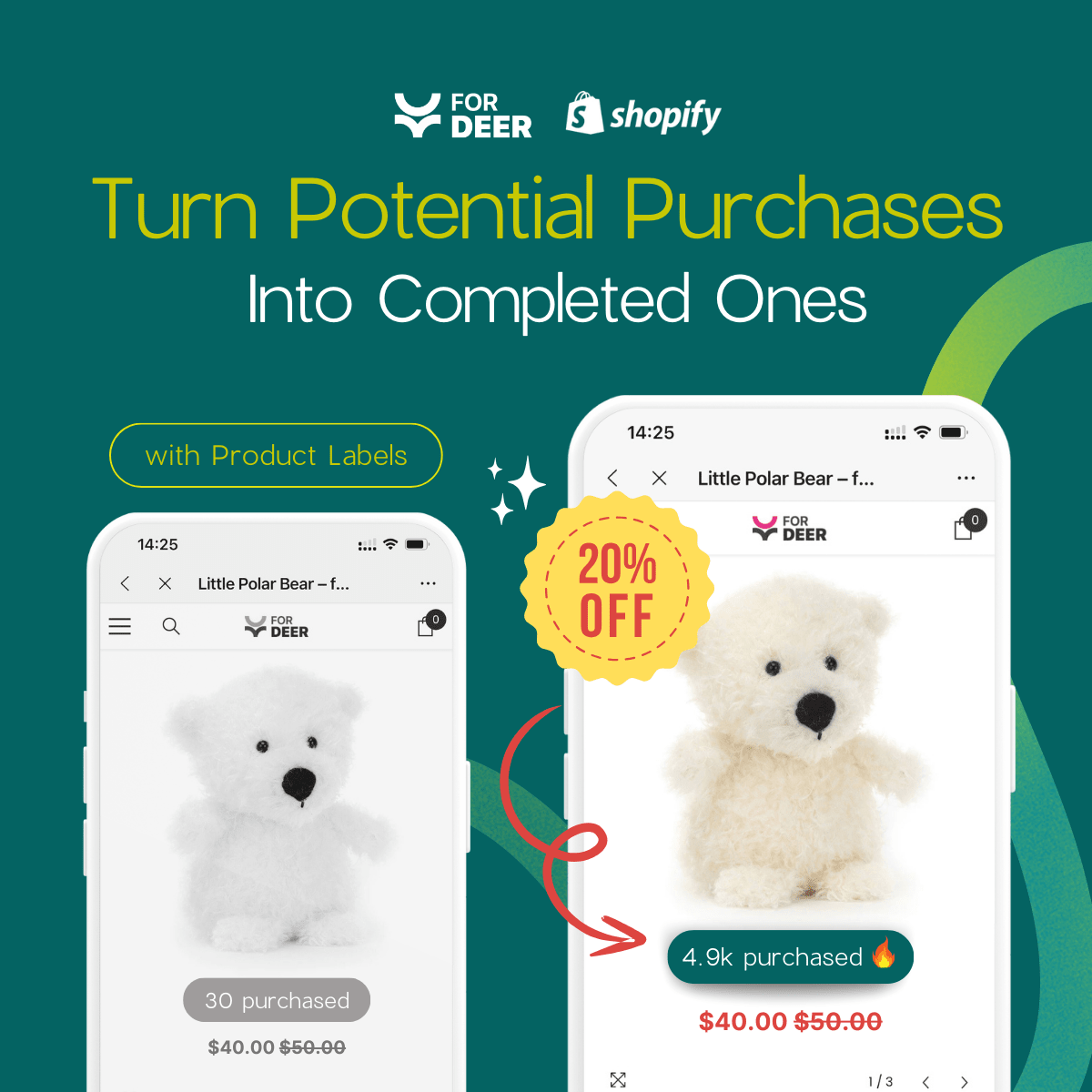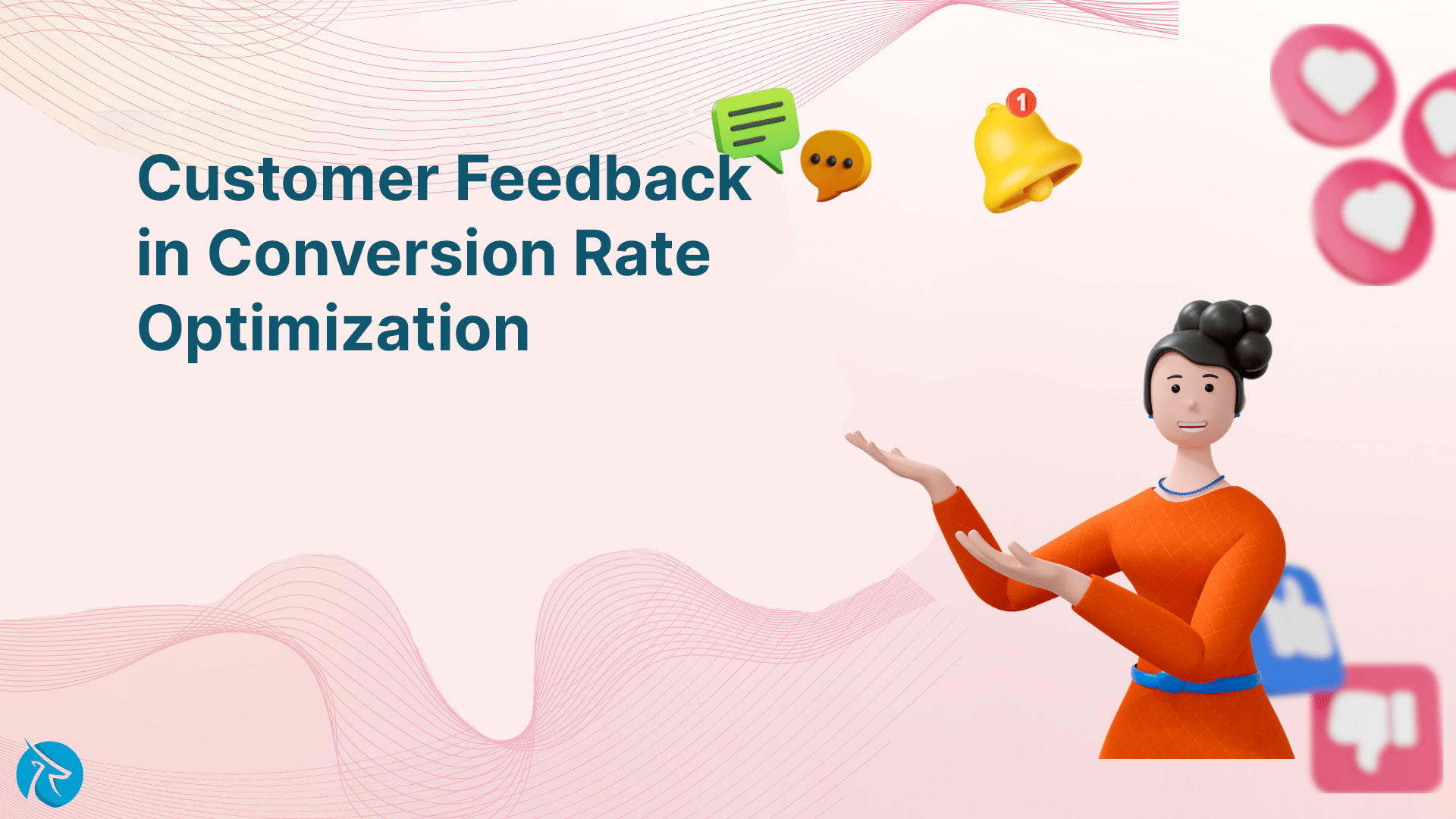Backorder vs. Out of Stock: The core differences
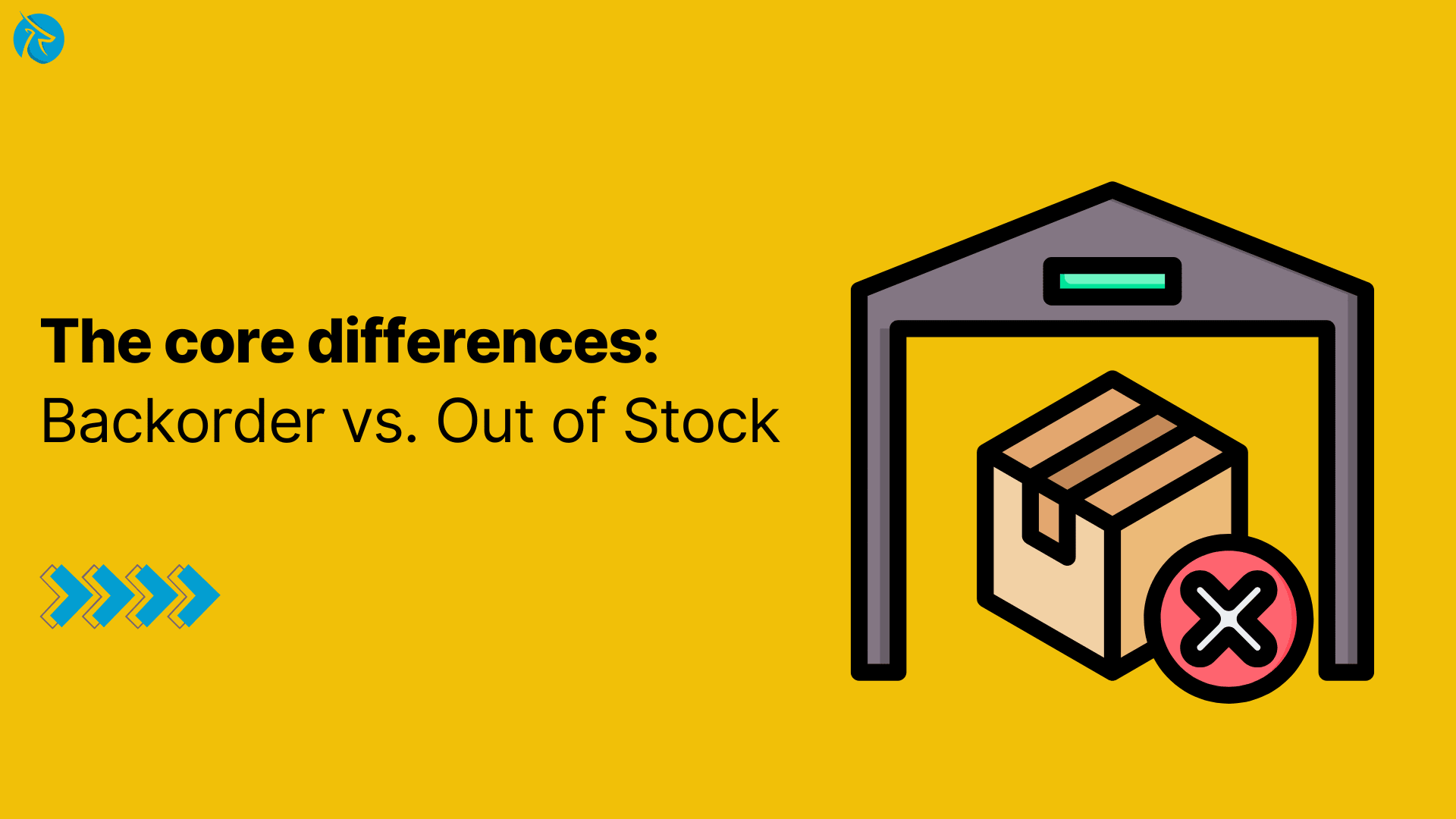
Managing inventory effectively is crucial for customer satisfaction and business success. Two common terms that often create confusion are "Backorder" and "Out of Stock." Understanding the distinctions between these terms is essential for e-commerce businesses aiming to provide a seamless shopping experience. Let's delve into the differences between backorders and out-of-stock situations, and discuss strategies to navigate each scenario with Fordeer Commerce.
Overview of Backorder and Out-of-Stock
Understanding backorder
A backorder occurs when a customer places an order for a product that is temporarily unavailable or out of stock. In this situation, the customer is willing to wait for the item to be restocked and shipped once it becomes available again. Backorders are a common occurrence in the world of e-commerce and retail, especially when demand for a particular product exceeds the current supply.
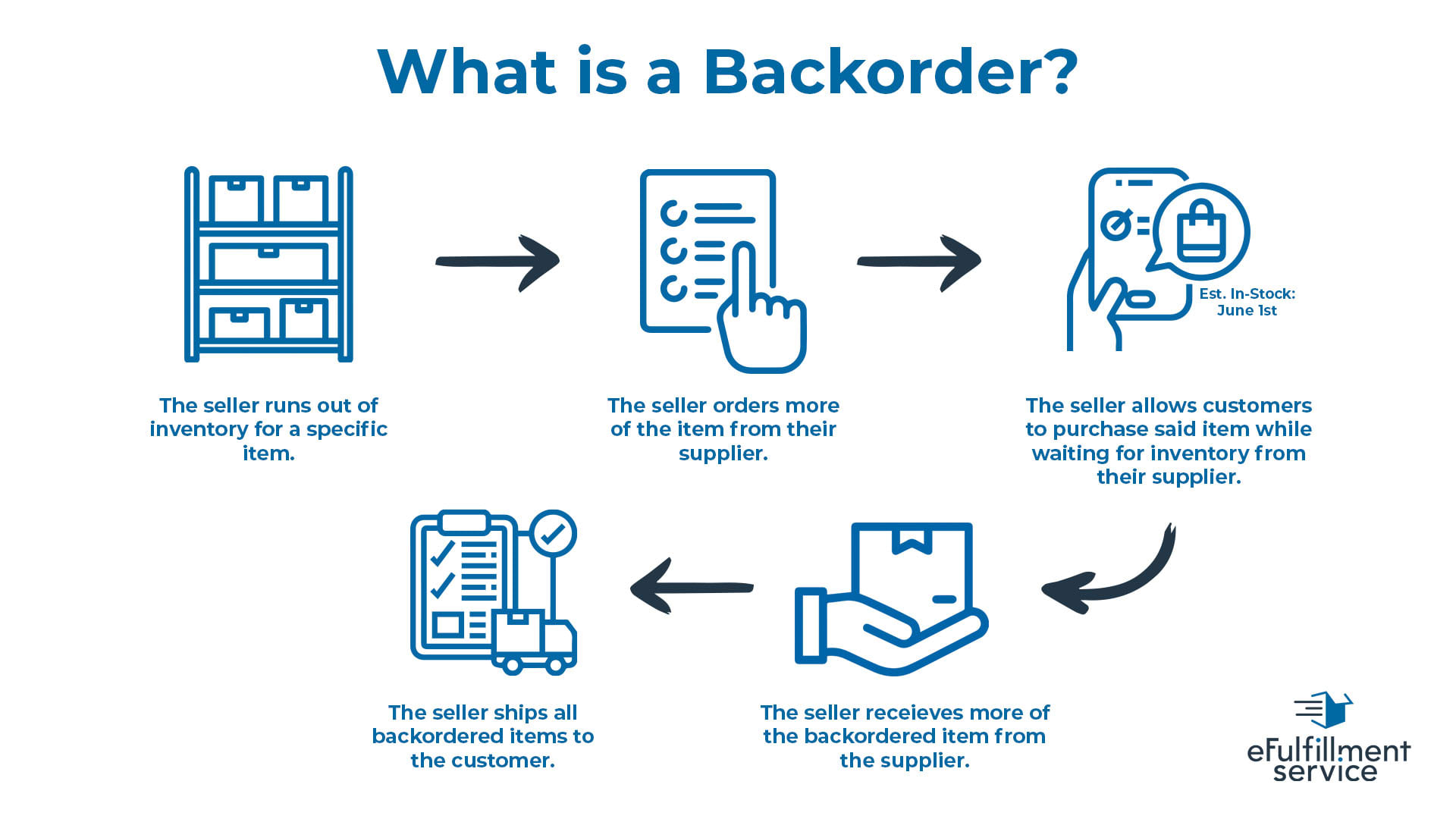
When a product is on backorder, it means that the retailer or supplier is in the process of restocking their inventory, and the customer's order will be fulfilled as soon as the new stock arrives. This allows customers to secure their desired items even if they are not immediately available, preventing them from missing out on popular or limited-edition products.
Retailers typically communicate the estimated wait time for backordered items, giving customers transparency about when they can expect their orders to be fulfilled. It's essential for businesses to manage backorders effectively to maintain customer satisfaction and loyalty.
Backorder example
Take seasonal products for example, during the holiday season, retailers often face high demand for specific products. For instance, a toy store might run out of a popular toy just before the holidays. Customers can place backorders to reserve the toy, and the store will fulfill those orders once new stock arrives.
Plus, brands occasionally release limited-edition merchandise, such as special edition sneakers or collector's items. As these items are in high demand and often produced in limited quantities, customers might need to place backorders to secure their purchase.
Understanding out-of-stock
"Out of stock" refers to a situation where a product is temporarily unavailable for purchase because the retailer or supplier has sold out of their existing inventory. In other words, when a product is labeled as "out of stock," it means that the store currently does not have any more units of that particular item available for immediate sale.
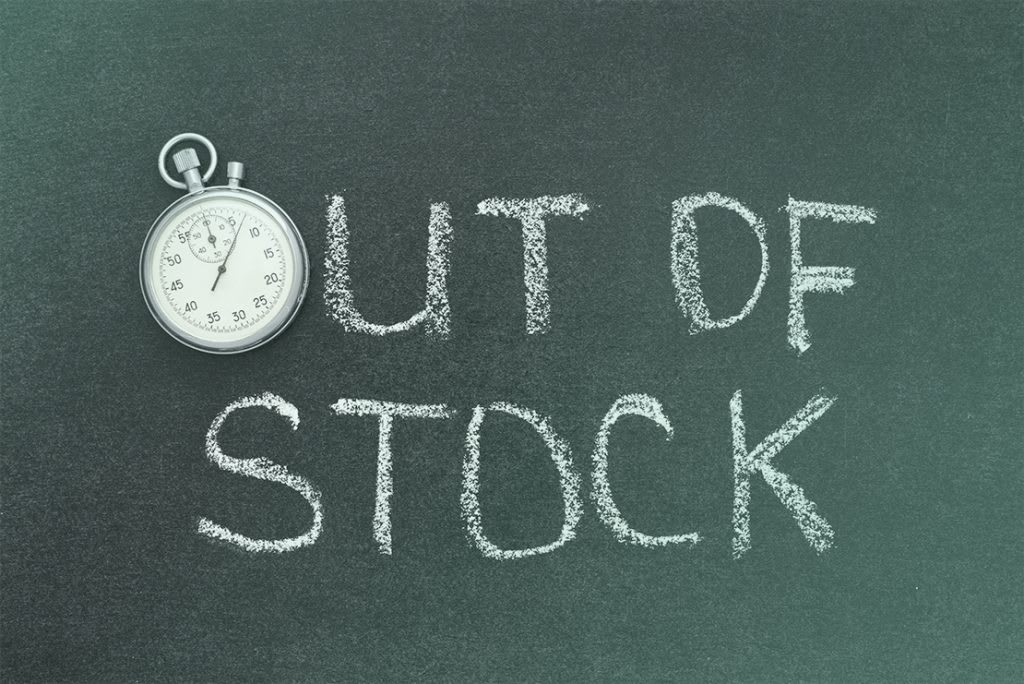
Unlike backorders, where customers can place orders for products that are not currently in stock, an "out of stock" status means that customers cannot purchase the item until the retailer replenishes its inventory. This situation can occur for various reasons, such as unexpectedly high demand, delays in restocking, or production issues.
Out-of-stock example
A highly anticipated video game is released, and due to unexpected demand, the shelves at various gaming stores quickly empty. Customers looking to purchase the game may find it marked as "out of stock" both in physical stores and online until the retailer restocks.
Moreover, another case can be seen in seasonal clothing sales. A fashion retailer holds a massive seasonal sale, offering significant discounts on popular items. The influx of customers leads to certain sizes or styles quickly going out of stock, leaving shoppers unable to purchase those specific items until the store replenishes its inventory.
The Core Differences Between Backorder and Out-of-Stock
Turnover times

Backorder items
Turnover items and backorder items depend on how quickly the manufacturer or supplier can produce and restock the product. This duration varies based on the complexity of the manufacturing process and the availability of raw materials.
A streamlined and efficient supply chain can significantly reduce the turnover time for backorder items. Timely transportation, customs clearance, and other logistical factors play a crucial role in expediting the restocking process.
Retailers often provide estimated delivery times for backordered items to manage customer expectations. Clear communication about restocking timelines helps build trust with customers and keeps them informed about when they can expect their orders.
Out-of-stock items
The turnover time for out-of-stock items depends on how quickly the retailer or supplier can replenish their inventory. This involves ordering new stock from manufacturers or distributors, which can vary in lead time.
Strong relationships with suppliers can lead to faster replenishment times for out-of-stock items. Preferred partnerships and agreements may prioritize certain retailers for quicker deliveries. Retailers with effective inventory management systems can forecast demand accurately and maintain optimal stock levels. Proactive inventory practices help reduce the frequency and duration of out-of-stock situations.
Accurate forecasting of consumer demand allows businesses to plan their inventory levels effectively. Companies that can predict demand trends are better equipped to avoid prolonged out-of-stock periods.
Impact on sales & customers
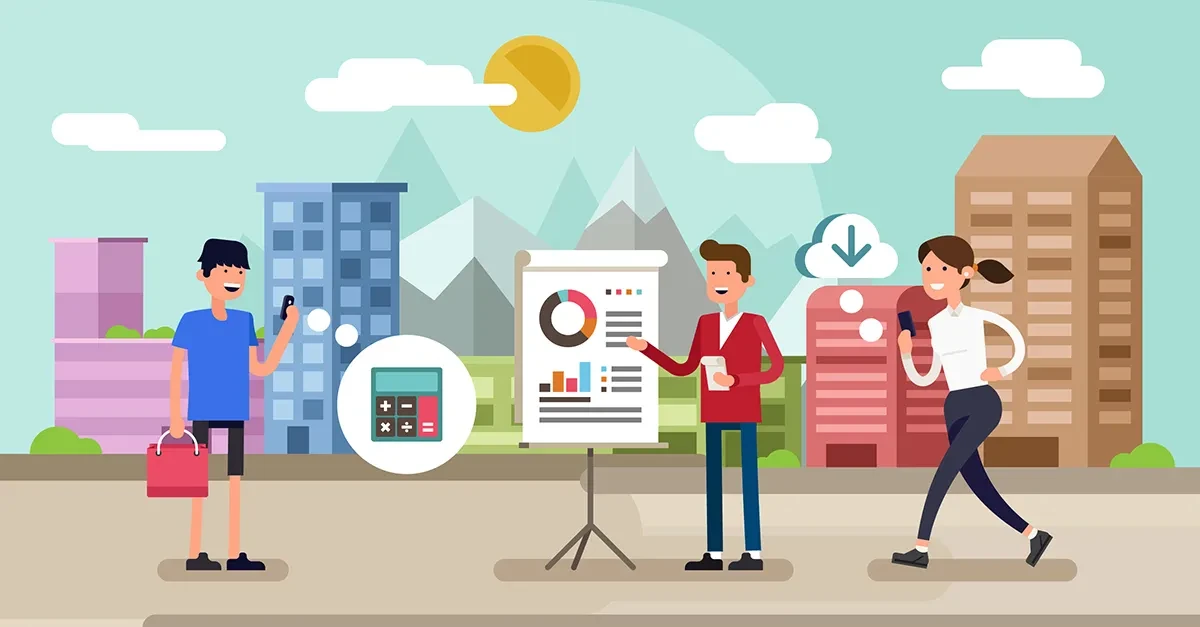
Backorder items
Offering backorders can enhance customer loyalty by allowing them to secure desired items, even during temporary stock shortages. Backorders enable continued sales-driving stockouts, preventing potential revenue loss. Also, transparent communication about backorder status and estimated delivery times fosters a positive customer experience.
However, extended backorder fulfillment times can lead to frustration, potentially causing customers to seek alternatives if the wait is too long. Moreover, lack of communication or inaccurate estimates can lead to dissatisfaction and harm the overall customer experience.
Out-of-stock items
Out-of-stock items can heavily impact customer satisfaction. Maintaining accurate inventory levels ensures that customers can immediately purchase the items they desire. Consistently having products in stock contributes to a positive brand image and reputation. With that in mind, you should maintain sufficient stock levels to enhance customer loyalty, as customers can consistently rely on the availability of products.
On the other hand, frequent out-of-stock situations can frustrate customers, leading to a negative perception of the brand and a potential loss of trust. Moreover, frequent out-of-stock instances may make customers question the reliability of the business, impacting the brand’s reputation negatively.
Tracking
Backorder items
Businesses often use sophisticated order management systems that can track and manage backorders. These systems automatically update the inventory status when a customer places a backorder, keeping a record of pending orders until the items are restocked.
Automated emails or notifications can be sent to inform customers about the backorder status, expected restocking dates, and any relevant updates. This transparency helps manage customer expectations and builds trust.
Out-of-stock items
Continuous monitoring of inventory levels is essential to quickly identify when items go out of stock. Businesses use software solutions that provide real-time updates on stock levels, triggering alerts when inventory falls below a certain threshold. However, there’s no way to track when the items will return to stock.
Strategies for handling backorders
Clear communication
Ensuring our valued customers stay well-informed about the status of their backorders is a top priority for us. We strive to maintain clear and open lines of communication, offering details such as estimated delivery dates to keep expectations in check and foster a relationship built on trust.
By regularly updating our customers on the progress of their orders, we aim to provide not just a service but a positive experience, assuring them that their commitment to waiting for a backordered item is met with transparency and reliability. This commitment extends beyond the transactional aspect, emphasizing our dedication to customer satisfaction and building lasting connections with those who choose our products.
Flexible refund policies
To enhance the customer experience, we recommend offering flexible refund or cancellation options for those who may prefer not to wait for a backordered item. Providing alternatives or discounts can be a thoughtful way to accommodate customers in these situations. Our commitment to customer satisfaction extends to ensuring that individuals have choices that align with their preferences.
By offering flexibility in refund or cancellation options, we acknowledge the importance of our customers' time and choices, fostering a positive and considerate shopping experience. This approach not only reflects our dedication to customer-centric service but also helps build trust and loyalty among our valued patrons.
Prioritize fulfillment
When the eagerly awaited backordered stock finally arrives, our top priority is to fulfill orders promptly, prioritizing them based on their original order dates. This commitment to order date prioritization is rooted in our dedication to fairness and ensuring the utmost satisfaction for our valued customers.
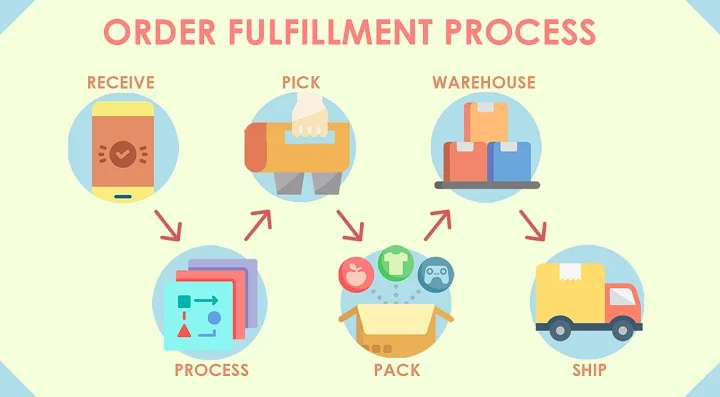
By adhering to this principle, we strive to create an equitable system that honors the sequence in which orders are placed. This approach not only enhances transparency in our order fulfillment process but also reflects our sincere effort to meet customer expectations with a sense of fairness and reliability. Our goal is to provide an experience that not only meets but exceeds customer expectations, reinforcing our commitment to delivering exceptional service throughout every step of the purchasing journey.
Strategies for handling out-of-stock situations
Inventory monitoring
To enhance your business operations, consider incorporating robust inventory management systems. These systems play a pivotal role in diligently monitoring your stock levels, empowering you to predict when certain products may approach an out-of-stock situation. By proactively identifying potential shortages, you can initiate timely restocking measures, ensuring a continuous and seamless supply chain.
This not only fosters operational efficiency but also enhances customer satisfaction by minimizing instances of unavailable products. The integration of such advanced systems provides a friendly yet formal approach to addressing the dynamic nature of inventory management, allowing your business to stay ahead of demand fluctuations and maintain a positive customer experience.
With our Fordeer PDF Invoice Generator, your business will be supported in controlling and managing the status of orders easily and wisely, and you will make no mistakes in the billing process. You can check it out!
Pre-order notifications
You can enable your valued customers to sign up for delightful notifications that keep them in the loop about the availability of sought-after items currently out of stock. By offering this convenient option, we not only foster anticipation but also actively engage customers in the shopping experience. Picture it as an exclusive sneak peek—a personalized alert system tailored to their preferences.
This thoughtful approach not only enhances customer satisfaction but also demonstrates our commitment to providing a seamless and customer-centric shopping environment. These notifications serve as a friendly nudge, ensuring our customers are the first to know when their desired items are back in stock, enhancing their overall shopping experience with us.
In conclusion,
Balancing backorders and managing out-of-stock situations is a delicate art in the e-commerce landscape. By understanding the differences between the two and implementing strategic approaches, businesses can maintain customer satisfaction, build loyalty, and ultimately thrive in the competitive online marketplace.
Follow the Fordeer Team for more useful updates!



